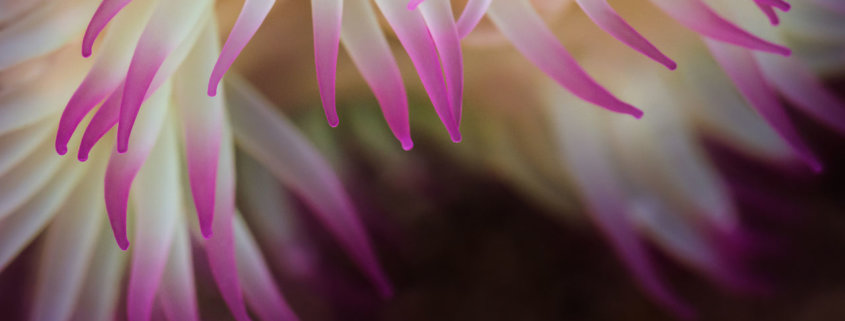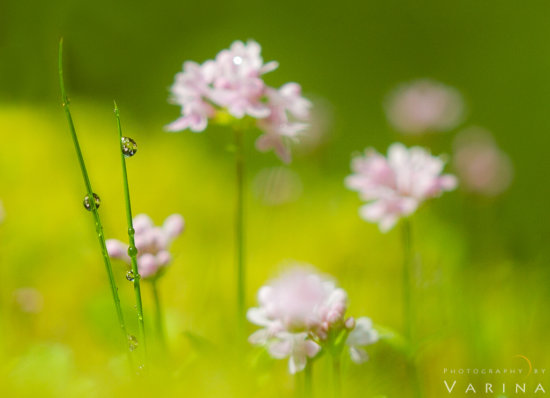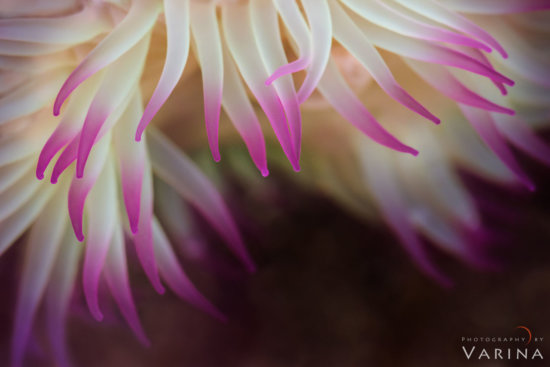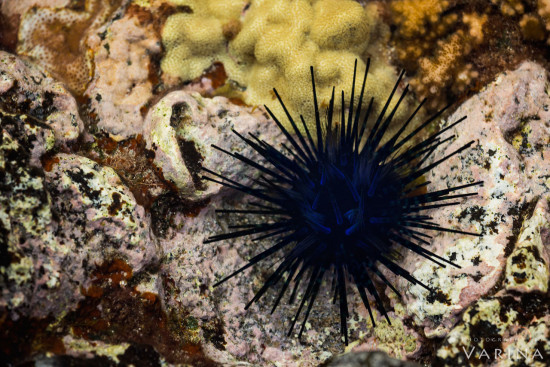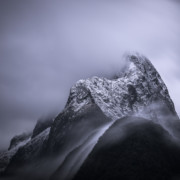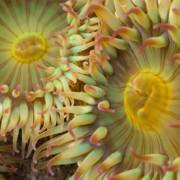Why Creativity is Essential for capturing Stunning Photos
When I do interviews about landscape photography, I often get asked – What is one piece of advice you would give to an aspiring landscape photographer?
My answer is always the same: embrace creative photography.
For me, creativity is not just an optional part of the process—it is one of the most important elements of nature photography. Without creativity, no amount of technical perfection or expensive camera gear can bring your images to life. Over the years, I’ve learned that creativity is what transforms ordinary snapshots into breathtaking landscape photos that truly resonate with viewers.
The Trap of Gear and Technical Perfection
In today’s digital world, good landscape photography often seems synonymous with advanced post-processing skills or the latest camera equipment. When photographers see a brilliant image, they sometimes assume it was created with exceptional Photoshop or Lightroom editing. Others fall into the trap of “gadget envy,” believing that buying the newest Sony mirrorless camera or the sharpest lens will instantly improve their photography.
I know this mindset all too well because I fell into the same trap. Early in my career, I believed that mastering exposure settings, buying the best gear, and learning complicated editing workflows were the keys to success. And while these things helped me take technically correct images, they didn’t make my photos memorable.
What I eventually realized is this: without creativity, the best landscape photography gear is little more than an expensive point-and-shoot. Creativity allows you to work with unpredictable light, weather, and natural conditions—the very essence of outdoor and wildlife photography.
What Is Creative Photography in Nature?
Defining creative photography is tricky because every photographer interprets it differently. For me, creative photography means using out-of-the-box thinking in nature photography—moving beyond routine technical settings and embracing experimentation, interpretation, and imagination.
It’s about making intentional choices that bring emotion, storytelling, and uniqueness into your images. If you want to grow as a photographer, I encourage you to make creativity a deliberate habit.
Here are a few real examples that highlight creative nature photography in action:
- Creative photograph of a hummingbird with Lensbaby Velvet 85 – I used selective focus to create a dreamy effect in Costa Rica’s San Gerardo Valley.
- Creative photography using shallow depth of field by Varina Patel – Her use of selective focus turned a simple subject into an artistic composition.
- Creative wildlife photography in Florida Everglades National Park – By experimenting with perspective, Varina captured unique, intimate images of wildlife using its reflection.
These images weren’t created by relying solely on technical mastery—they were born from creative decisions.
Why Developing Creativity in Nature Photography Should Be a Priority
So why is creativity such an essential skill for nature and landscape photographers?
Because nature is unpredictable. Light shifts. Weather changes. Animals move. Tides rise and fall. And no amount of technical mastery can give you control over these variables.
That’s where creative thinking comes in. Creativity allows you to problem-solve in the field, adapt to difficult conditions, and find unique photographic opportunities even when circumstances seem unfavorable.
It took me nearly a decade of photographing to internalize this lesson. Let me share one story that changed how I view creative photography forever.
The Sea Anemone Challenge
First Attempt: A Technically Perfect but Uninspiring Photo
Early in my landscape photography journey, I set out to capture a sea anemone in a tide pool. By then, I had mastered the essential landscape photography techniques:
- I used a circular polarizer to manage reflections.
- My tripod ensured sharpness.
- I carefully set my aperture and focus for maximum depth of field.
- My exposure was flawless.
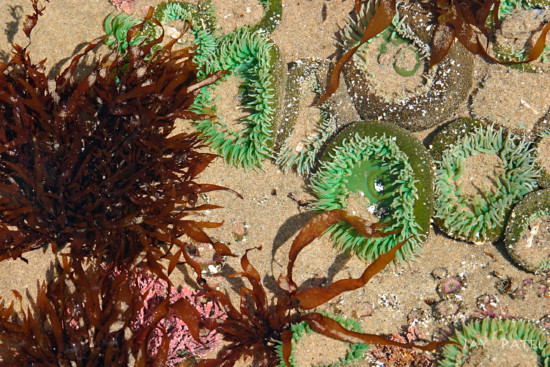
Intimate landscape photography attempt to capture sea anemone in tide pools in 2003 – Olympic National Park
After processing the RAW file, I had a technically correct image. And yet… it was lifeless. The sea anemone photo had no “wow factor.” It was just a snapshot.
Second Attempt: Creativity Makes the Difference
Fast forward to 2010, when I tried again in Olympic National Park. This time, my process was different—not because of new gear or software, but because of a new mindset.
Instead of rushing to take the photo, I spent time searching for a tide pool with just the right depth, still water, and vibrant colors. I positioned my camera so the reflections bounced away from the lens, eliminating the need for a polarizer.
When I noticed sand in the sea anemone, I filled a bottle with seawater and poured it gently into the tide pool. This washed the sand away, revealing the brilliant patterns and colors of the creature.
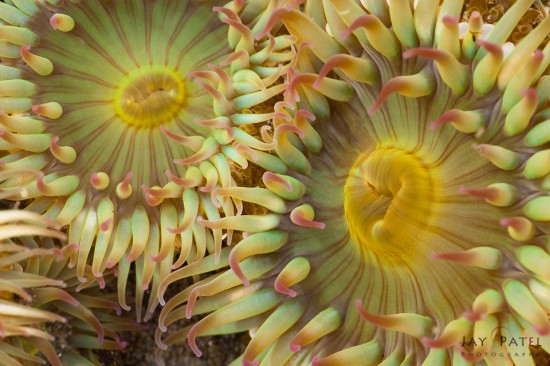
Intimate landscape photography attempt to capture sea anemone in tide pools in 2010 – Olympic National Park
The final photo had the vividness, clarity, and storytelling power that my first attempt lacked.
What changed wasn’t my technical knowledge—it was my willingness to think creatively.
Lessons from Ongoing Creative Photography Attempts
Over the years, Varina and I have encountered a variety of conditions while photographing the sea creatures. Each time, we have encountered a new completely new challenge that we have to work through in conjunction with the technical skills. Creativity became the tool that allowed me to adapt:
Here is what happened during our subsequent attempts and how creative thinking was needed to take the photo
- Underwater photography in Australia – I simulated the motion of an incoming tide by pouring seawater into the tide pool, bringing the anemone’s tentacles to life.
- Creative composition in tide pools, Redwood Forest National Park, California – Varina used unusual framing to highlight tide pool details in a way most photographers would overlook.
- Double exposure in Hawaii – Varina used a multiple exposure technique to capture all the intricate details of a sea urchin.
Each of these situations reinforced an important truth: technical skills are the foundation, but creativity is the key to making extraordinary photos in nature.
Why Creativity Will Transform Your Photography
For aspiring nature photographers who used to focus too much on gear or editing, here’s what I’ve learned:
- Creative nature photography unlocks opportunities that technical skills alone cannot.
- It helps you solve real-world problems in the field—like changing weather, moving wildlife, or reflections in tide pools.
- It makes your work unique—instead of replicating the same images thousands of others have taken, creativity ensures your photos reflect your personal vision.
When you combine technical expertise with creativity, that’s when your photography truly stands out.
Final Thoughts
Mastering exposure settings, focus, and post-processing is important, but they are not the final destination. They are simply the tools.
The real magic of landscape and wildlife photography lies in creativity.
It is creativity that allows you to capture unique perspectives of tide pools, hummingbirds, forests, and wildlife. It is creativity that helps you adapt to changing light and conditions. And it is creativity that keeps you inspired and growing as a photographer.
So, if you find yourself obsessing over new gear or the latest editing trick, pause and ask yourself: How can I approach this subject more creatively?
The answer to that question will make all the difference.
Good luck—and may your journey through creative photography bring you unforgettable images and experiences.

